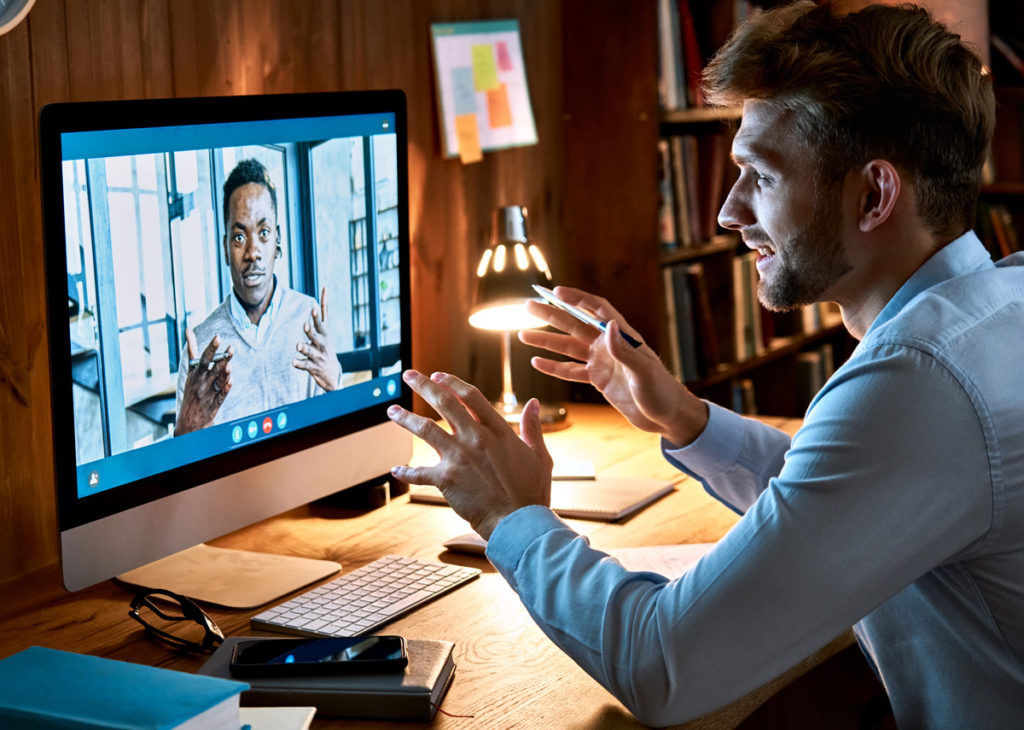Recent research has shown that the average time to hire (from candidate selection to a job offer being accepted) is around 27.5 days in most industries, but this increases to around 41 days for IT professionals. The quicker you can make the recruitment process, the better for your bottom line – as long as you are still able to get the right candidate for the job.
Lengthy recruitment processes can not only cost you more money but may also act as a deterrent for some candidates, with research showing that more than 49% of candidates surveyed believe there should be fewer than two interview processes – no more.
One way to improve the time to hire and improve candidates’ experience of the recruitment process is to use video screening – which many companies have used more and moreover the past twelve months thanks to the COVID-19 pandemic. Video interviews can also be a great tool to use after candidates have been shortlisted from their CVs, and before you do a face-to-face interview (when the world goes back to normal again).
So, let’s take a closer look at how virtual interviews can help reduce your time to hire:
- Attract passive candidates. Passive candidates are those candidates who are not actively looking for a job but would leave their current job if the right opportunity presented itself. Offering virtual interviews means they don’t have to book time off work as they only need an hour of their day to complete one, making it easier for them to undertake.
- Easier to schedule. Trying to find an interview time that works for candidates, HR and stakeholders can be a bit of a nightmare – especially if you are trying to interview numerous people. Virtual interviews make the whole process a lot easier, cutting out travel time and making the whole thing a lot more convenient.
- Improve your reputation as an employer. Many job seekers often browse company sites to see how an employer’s interview process works. So, if previous candidates enjoyed your interview process because of the flexibility a virtual interview gave them, this will then become a direct reflection on your employee engagement figures.
- Unconscious bias is something that we have talked about in the past, and it can be quite prevalent when conducting in-person interviews. Video interview techniques, such as pre-recorded candidate answers and question banks, can let interviewers get to know the candidate without the use of leading questions or other subconscious methods of favouring them.
- Less stressful. Many people struggle with in-person interviews, and this can lead them to underperform. Using video interviews allows businesses to shortlist candidates in a more informal setting, with fewer distractions – a lot less stressful for all.
- Reduction in costs. Remote interviews can also save money, as well as time, by removing the need for travel expenses and so on.
Agile Recruit is adept at using virtual interview techniques to help you get the best out of your candidates and shortlist the right ones for your needs. Whether you want to ask your candidates some pre-set questions or ask them to record a five minute ‘about me’ clip, we have some great ways you can use the technology to feel more comfortable with your candidates when it comes time to do the face-to-face interview.
If you would like some advice on video interviewing, please give the team at Agile Recruit a call today and we will happily share our knowledge with you. Just think how much more successful your next IT recruitment campaign could be if you used video technology as part of it.




